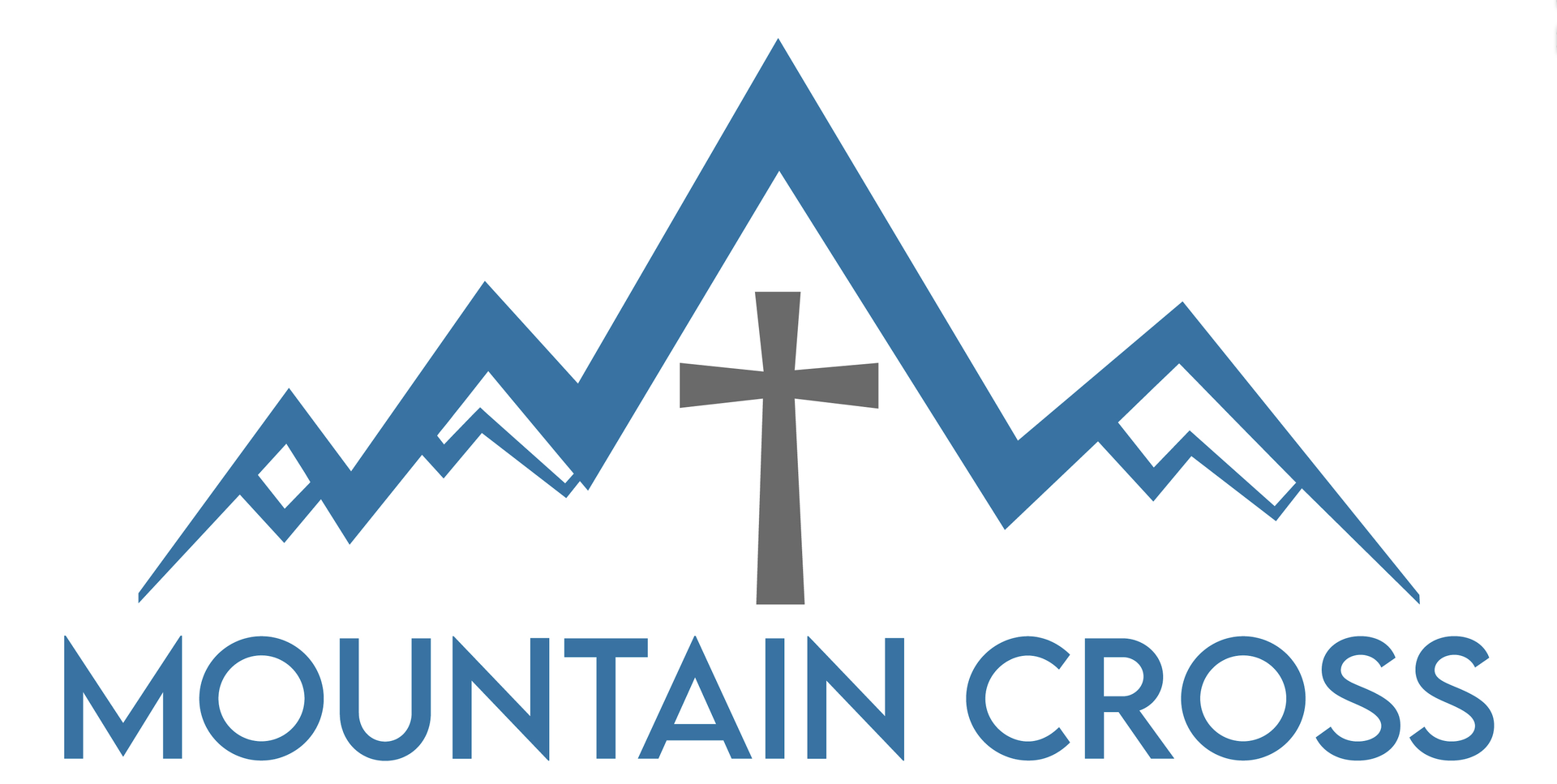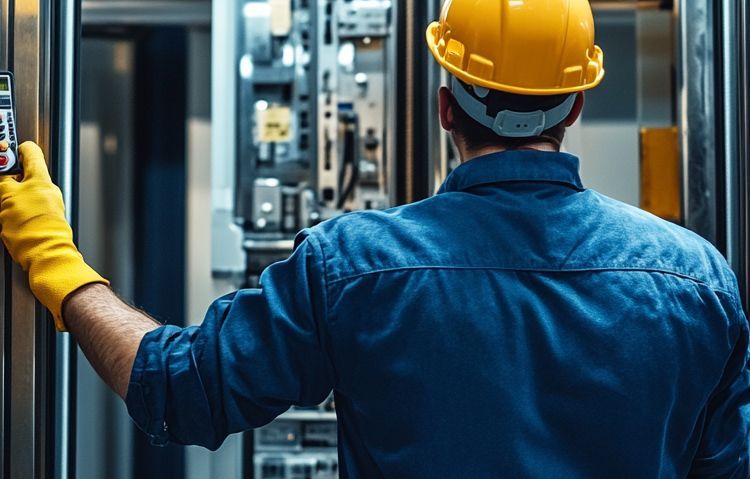Services
Vertical Transportation Equipment Upgrades
Vertical Transportation Equipment Upgrades: Essential Modernization Guide for Building Success
Modern buildings rely on effective elevators and other vertical transportation systems to move people and goods efficiently. These systems need upgrades as they age to ensure safety, improve performance and meet current building codes.
Our comprehensive modernization solutions help property owners transform aging elevators and lifts into state-of-the-art systems that enhance building value while minimizing disruption.
We recognize that vertical transportation modernization goes beyond replacing outdated components—it’s about enhancing safety, efficiency and long-term reliability. Today's upgrades incorporate smart technologies like destination dispatch systems, energy-efficient drives, and predictive maintenance capabilities that reduce operating costs and improve the passenger experience.
The vertical transportation industry continues to evolve with innovations that are reshaping how people move through buildings. From dual-cab systems that maximize shaft space to automated industrial lifts that optimize material handling, we help clients implement cutting-edge solutions that prepare their properties for the future while addressing immediate operational needs.
Key Components and Benefits of Vertical Transportation Equipment Upgrades
Modern
vertical transportation upgrades combine advanced technology with practical improvements to create safer, more efficient building systems. Smart controls, energy-saving features and enhanced safety mechanisms work together to transform aging elevator infrastructure.
Modernization Strategies for Elevators and Lifts
Our comprehensive modernization approaches target critical elevator components for maximum impact. We replace outdated controllers with microprocessor-based systems that enable precise floor leveling and reduced wait times.
Drive system upgrades incorporate variable frequency technology to deliver smoother starts and stops while reducing energy consumption by up to 40%.
Door operators receive modern sensors and robust mechanical components to prevent malfunctions and ensure reliable operation. These upgrades significantly reduce maintenance calls and extend equipment life.
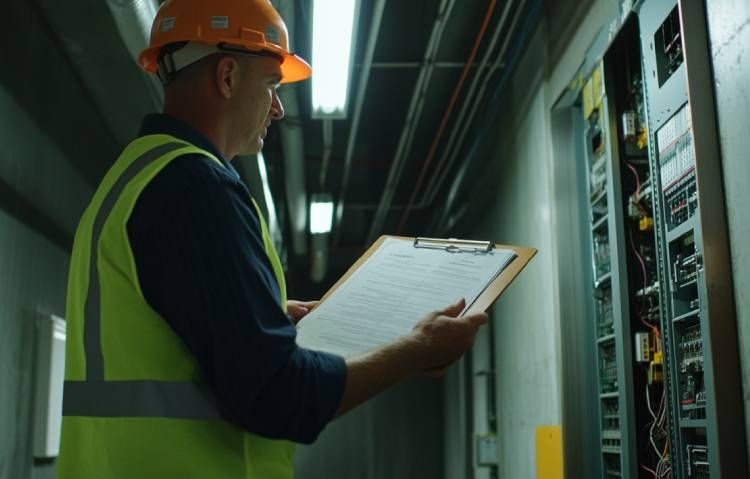
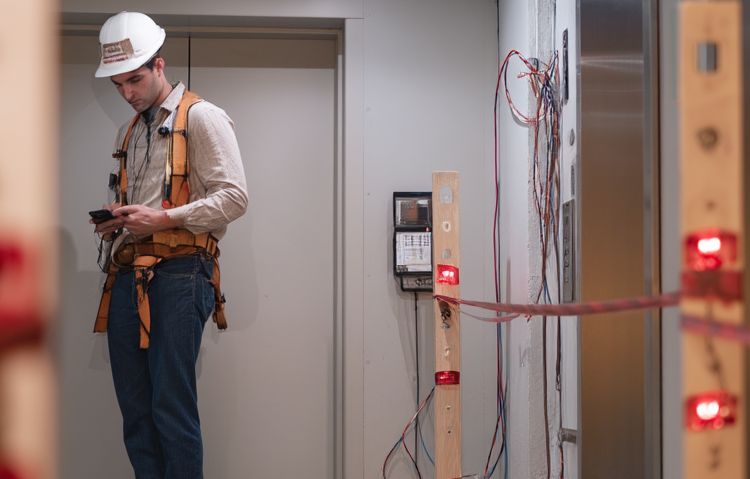
Advancing Safety, Accessibility and Compliance
Safety upgrades include multi-beam door sensors, emergency battery lowering systems and enhanced communication devices that meet current code requirements.
We install
ADA-compliant features including:
- Braille markings and audible floor indicators
- Enhanced emergency lighting
- Automatic door reopening devices
- Updated handrails and control panels
Advanced monitoring systems keep equipment supervised 24/7. They respond quickly to potential issues before they turn into problems.
Elevator Technology Enhancements for Energy Efficiency and Sustainability
Regenerative drives collect energy when elevators go down and send that energy back to the building's electrical system. This helps reduce power use a lot.
LED lighting systems with motion sensors minimize energy use when cabs are unoccupied. New roller guides and low-friction components decrease mechanical losses.
Modern machine room cooling systems maintain optimal operating temperatures while using less energy.
Optimizing User Experience with Smart Features
Destination dispatch systems group passengers by floor to reduce travel time and energy use. Digital displays provide real-time arrival information and building updates.
Mobile apps enable touchless elevator calls and personalized access control. Cloud-based monitoring provides predictive maintenance scheduling.
Advanced algorithms adjust elevator performance based on traffic patterns throughout the day.
Next-Generation Trends and Innovations in Vertical Transportation
Advanced technologies are transforming vertical transportation systems with AI-driven operations, contact-free interfaces and smart building integration. These enhancements make urban areas safer and more efficient while adapting to the evolving needs of city life.
Integration of Artificial Intelligence and Smart Technology
AI-powered predictive maintenance systems detect potential issues before they cause disruptions, reducing downtime by up to 50%. Smart algorithms analyze traffic patterns to optimize elevator dispatch and reduce wait times during peak hours.
Machine learning helps elevators adjust to how people use a building. It automatically changes service levels based on past data and current demand.
Connected sensors monitor important parts continuously. They notify maintenance teams about possible problems through mobile apps and building management systems.
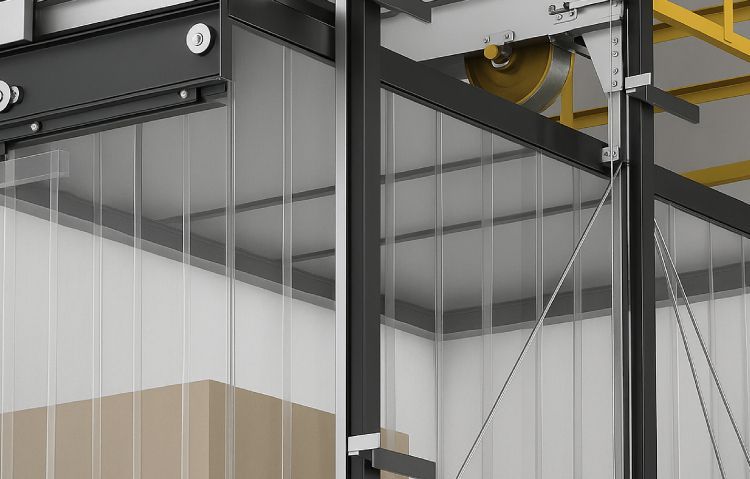
Touchless Controls and Biometric Security
Gesture recognition systems help passengers call elevators and choose floors without touching anything. Advanced cameras can understand hand movements with 99% accuracy.
Facial recognition technology integrates with building security systems to restrict floor access and automatically direct residents to their designated levels.
Voice commands allow hands-free operation. This feature helps users with mobility challenges and those who are carrying items.
Mobile apps let users summon elevators remotely and receive estimated arrival times directly on their smartphones.
Future-Proofing High-Rise Buildings and Urban Environments
Rope-less elevator systems move both up and sideways, making better use of space in complex buildings. Multiple cars can run in the same shaft, which boosts passenger capacity by 40%.
Energy regeneration technology captures and reuses power from descending elevators, reducing building energy consumption.
Modular designs allow for easier upgrades and modifications as technology advances, protecting long-term infrastructure investments.
Smart building integration synchronizes elevator operations with other systems like HVAC and lighting to optimize energy usage during low-traffic periods.
Still searching for "Elevator Consultant Near Me?"
Look no further! Call us at
(224) 500-0321 to get started
Frequently Asked Questions
Elevator modernization projects involve detailed planning, budgeting and execution phases that affect building operations. Property managers and building owners must consider specific timelines, costs, compliance requirements and implementation strategies.
How long does an elevator modernization project typically take to complete?
A typical single elevator modernization takes 8-12 weeks from start to finish. This includes equipment delivery, removal of old components, installation of new systems and testing.
Multi-elevator projects can span 4-8 months, depending on building size and complexity. We schedule work in phases to maintain some elevator service throughout the project.
What is the average cost range for modernizing an elevator system?
Commercial elevator modernization costs range from $175,000 to $350,000 per elevator car. This varies based on building height, equipment type and chosen upgrades.
Complex systems with destination dispatch or premium finishes can reach $500,000 per car. Basic hydraulic elevator modernizations start around $125,000.
Are ADA compliance upgrades included in the elevator modernization services?
ADA compliance features come standard in our modernization packages. These include updated control panels, audio signals and proper cab dimensions.
We ensure all upgrades meet current ADA requirements for button height, door timing and emergency communication systems.
What are the primary distinctions between an elevator retrofit and a full modernization?
Retrofits focus on specific components like controllers or door operators while keeping the main infrastructure intact. These typically cost 30-50% less than full modernization.
Full modernization replaces most major components including the machine, controller, cab interior and hoistway equipment. This provides maximum reliability and efficiency improvements.
Can elevator modernization be undertaken without shutting down the entire building?
We maintain partial elevator service in multi-car groups by modernizing one elevator at a time. This keeps tenant disruption minimal and building operations functional.
Our phased approach ensures at least 60-70% of elevator capacity remains available throughout the project.
How does vertical transportation modernization impact building safety and compliance?
Modernization brings systems up to current safety code requirements including seismic standards, fire service operations and emergency communications.
New safety features include advanced door protection, improved braking systems and enhanced monitoring capabilities.
Regular safety inspections become easier with modern diagnostic systems, reducing maintenance costs and improving reliability.
